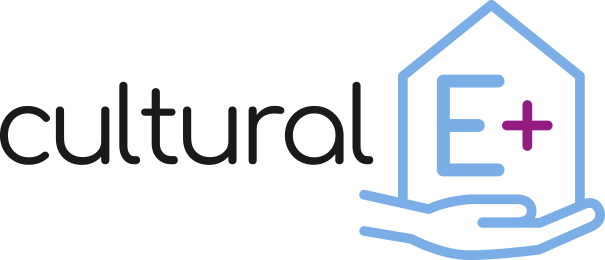Cultural-E strives to increase the market uptake of Plus Energy Buildings by proposing measures to overcome cultural factors and legal barriers.
Project results include:
- Design Tools, to provide an interactive map of the different European geo-clusters in order to shape a common basis for the development of technology solutions-set for different climates and cultural factors.
- Smart Technologies, to optimize energy performance, to improve internal comfort for users and to reduce the design effort to develop Plus Energy Building projects thanks to pre-tested Solution-Sets.
- Methodologies, to help designers to maximize the solutions co-benefits according to the specific context.
- Policy Recommendations, to accelerate the transition from nZEBs to Plus Energy Buildings by providing evidence-based recommendations that address cultural factors and legal barriers.





